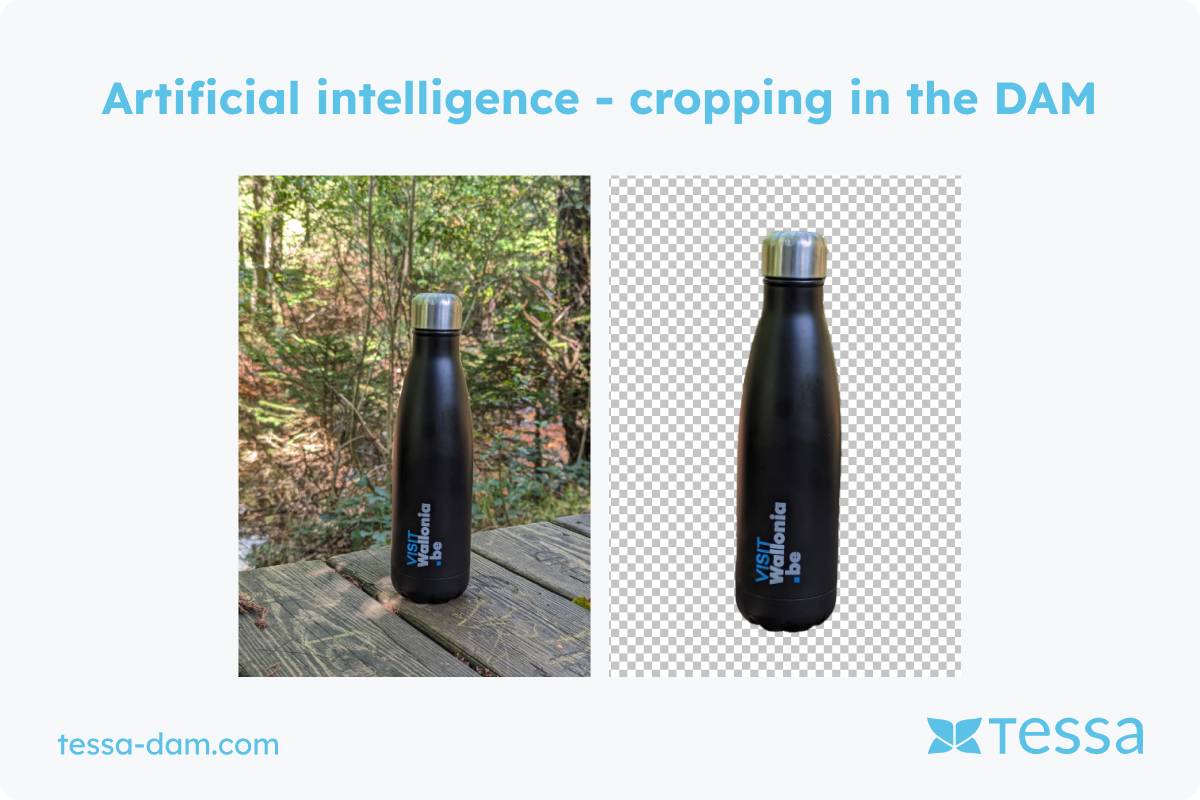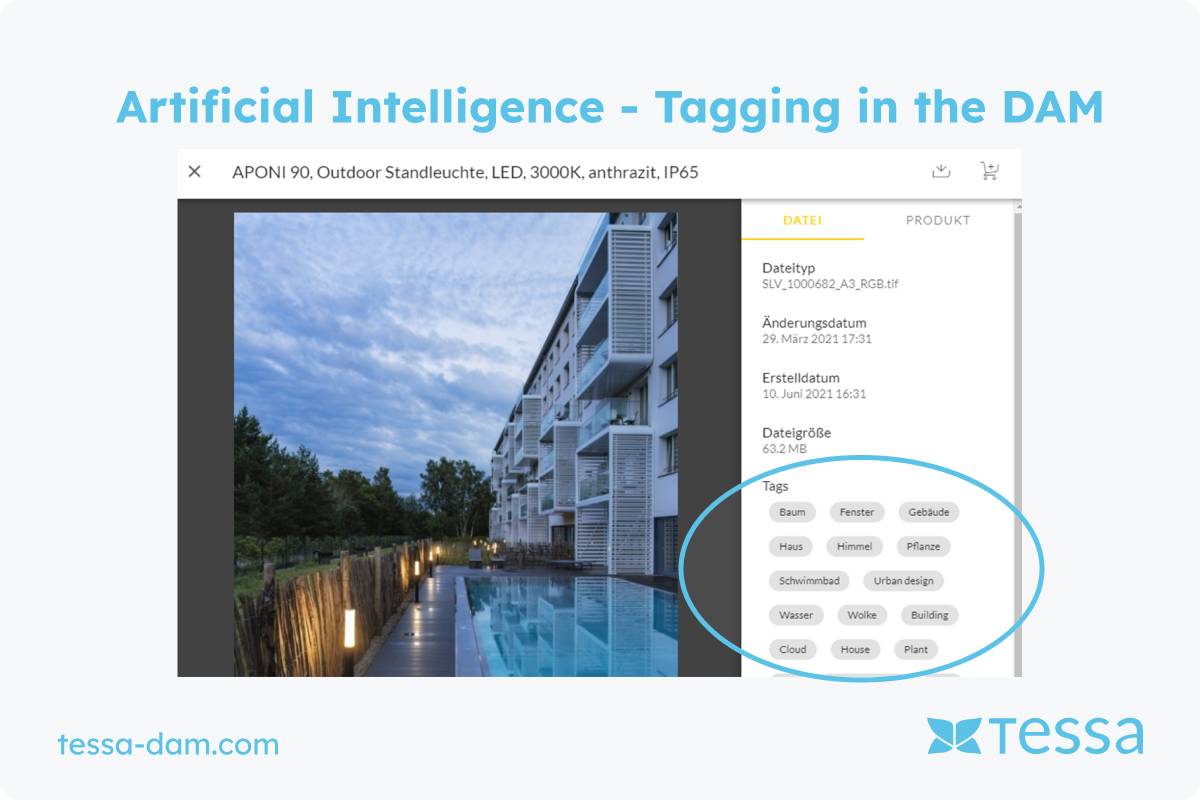What is AI? - Development & Advancement
People have been talking about artificial intelligence (AI) for more than 50 years. In the beginning, it meant that computers were able to take over the work and decisions of humans. It was therefore initially algorithmic intelligence. It was about analyzing data and improving decisions. With images and image recognition, it's about recognizing patterns. The European Parliament defines artificial intelligence this way: "Artificial intelligence is the ability of a machine to imitate human abilities such as reasoning, learning, planning and creativity." The institution distinguishes between software and embedded intelligence. In software, it mentions virtual assistants, image analysis software, search engines, speech and facial recognition systems. "Embedded" is about robots, autonomous cars, drones, applications of the "Internet of Things."
There are currently - in the result of the development push by Chat-GPT3 - an enormous number of studies that predict possible changes. The authors of a McKinsey study on AI say that generative AI will account for three quarters of the estimated productivity growth in the areas of customer service, marketing, sales, software development, and research and development.
This is exactly what we at EIKONA Media are also looking at: how can you be more productive by integrating elements of Artificial Intelligence into our TESSA DAM for you.
Which AI does a DAM use?
A DAM software is used to manage assets - images, graphics, documents and other types of files. Files are integrated into a DAM, processed in the DAM, and placed in following processes in as automated a manner as possible. To accomplish this, files are analyzed using simpler and more complex algorithms. In the simple case, it is metadata that is read out of the file to make it searchable later. In addition, elements or patterns can be detected or files can be transformed. Let's take a look at this in detail:
Meta data
The term "meta" comes from the Greek and means "about". Metadata is therefore data about data. This metadata determines the properties of a data object. In the case of Digital Asset Management (DAM), the properties of an asset - that is, a file. We use data that
- are contained in the file
- is created by storing it in the DAM
- added manually
- determined by artificial intelligence or
- originate from the link with a PIM system.
Object Recognition & Tagging
What already goes far beyond the extraction of data from a file is the recognition of objects. This involves patterns that are recognized in a graphics file and to which one or more tags are assigned via the process of recognition. This method was originally developed in the field of robotics. For example, a robot has to recognize where it has to place a weld seam. You probably know from crime stories that there is such a thing as facial recognition. That was an initial field of application for object recognition in professional handling of images and automatic object recognition by artificial intelligence. Later, the big social networks had to put in filters to be able to filter, for example, sexual depictions or depictions of violence. Using humans would not be fast enough with the amount of data, so AI had to take over these tasks. So now we can use tools that recognize objects in photos, we can recognize what animals are in a photo, what season it is, and much more. The recognized objects are translated into tags and this makes them searchable for you in the DAM. We rely on the object recognition of Google. We have already explained an example of tagging with the Google Cloud Visions API in another place. In TESSA DAM, you can then search for automatically keyworded action, mood or ambience photos. The advantage here is that the AI does the job much more extensively and accurately than humans.
Automatic cropping & placement
If you're a retailer, you probably know the challenge: manufacturers send you product photos with different amounts of white space. What's not such a tragedy with a single photo and on a product detail page, looks unattractive on product overview pages because the featured objects - clothing, electronics, vehicles, etc. - are displayed unevenly. The effort to touch each photo individually to correct this inconvenience would be enormous. That's why we developed an Auto Crop for our TESSA DAM - an algorithm that automatically sets the picture frame at the distance you want. All you have to do is tell us the distance from the edge of the image or the position you want. What we can also do in this process: place other graphics or integrate watermarks into your photos.
Clearance & paths
If you are an e-commerce merchant and want to work with something other than the visual default - that is, the white background on which the product is placed - this is a challenge. In this case, the photos need clippings, paths, or alpha channels around the object. In the past, this was laborious and manual work, even if it became easier with the help of Photoshop. Integrating cropping for lots of products in photos was difficult. Artificial intelligence helps at this point, too. The AI in TESSA DAM recognizes the object and creates a cropped image in your photos, so you can place the product in front of any background. In this way, AI gives you a tool to work creatively and stand out from the competition.

Compression & resizing
Since this is a basic requirement of graphics software, we wouldn't even talk about AI in this case. However, if we look at the definition of the European Parliament, the algorithms we have integrated into the TESSA DAM for this purpose are Artificial Intelligence.
The TESSA DAM is able to compress assets and play them out through channels in the size and shape that you ask for. Important: Zooming in on pixel graphics doesn't really work well, and even with the help of AI, it's not possible to do it as much as it's often shown in crime stories. But zoom out, zoom in a bit and compress is possible with the TESSA DAM.
You can find a detailed AI function overview in the TESSA DAM here.
Conclusion
Artificial intelligence creates productivity
That's what the McKinsey study says, too. It is the same in the field of digital asset management. You can map functions by using the TESSA DAM that would be impossible to manage efficiently without AI - such as tagging objects, finding assets easily, cropping or transforming. In this case, AI performs tasks similar to what machines and robots have been doing for 50 years in the field of factory automation. However, generative AI (AI that creates new images and movies) is also coming into the visual communication field. DAM systems will not be able to do such tasks themselves. However, they will be able to provide basic material via API, control the machine that generates the visual material, and make the results accessible in a structured way in the DAM.








